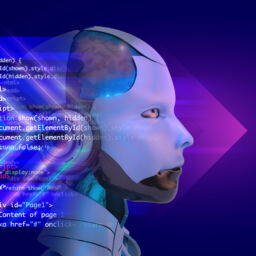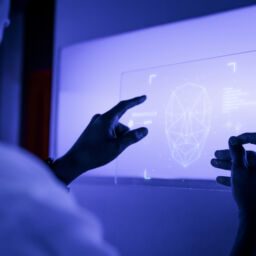
Information theory is a vast field that requires a great mind and if you are a student who has completed your schooling, it is better to choose the Data Science field. What do you know about Information Theory? It is a study of coding of information with the mathematical approach along with storage and communication of data. However, do you also have a few queries like how much math is involved in this Information Theory and also the reason behind the Data Science? It is expected that students should have good skills and knowledge in understanding mathematical concepts and logics. And it is essential to develop signals for telecom networks, and for encoding the information you need to be aware that Math and Data Science works coordinately. Even the Electronics and Communication Engineering Colleges in Tamil Nadu include these in your syllabus when you pursue Engineering or Data Science. In this article, you can find the involvement of Math, Data Science and the scope of Information Theory.
What is the concept of Information Theory?
Warren Weaver, a biologist, mathematician and an engineer, and Claude Shannon put forth the mathematical Theory of Information in 1949. Ralph Hartley, who is renowned for being one of the original exponents of binary language and others carried out research that was started approximately thirty years before.
The contribution provided by Alan Turing, who came up with the design for a device that could process bits of data through the emission of symbols, served as the last benchmark for the growth, apex and dedication of what would come to be known as the Mathematical Theory of Communication. Figuring out effective communication strategies to transmit information across a channel without degrading the receiving message’s quality.
Mathematical concepts in Information Theory:
The first requirement for a mathematical study of transmission is to identify a method for coding and mathematically expressing the transmitted signal. In order to analyze data communications, a mathematical model must be developed. This requires a mathematical value be assigned to a transmission signal characteristic such as voltage or current.
The behavior of this numerical value can then be examined when it is represented as a single-valued function of time. It can be viewed as a signal with periodic properties that fluctuate over time and are influenced by the changes in the subject it represents. Giving it a mathematical foundation allows us to model the transmission, the issue at hand, and also analyze this approach. You can even learn this in your four-year communication engineering course in top colleges. Here are a few concepts related to this topic.
Entropy: It measures the amount of uncertainty and random messages or data sources. In mathematical terms,
H= – ∑i pi log b p(i)
This is also called Shannon’s entropy indicates,
pi- probability of the occurrence of the character
i- the stream of characters
b- base of the logarithm
You can get the detailed information about the further mathematics on digital communication terms like mutual information and channel capacity where you may get the clear idea about Information Theory courses.
Applications of Information Theory:
1. Data Compression: The fundamental concept is to keep text in a dictionary and, when a block of text repeats, to record which block was repeated rather than the actual text. This dynamic method to compression has been quite successful, in part because the compression algorithm adapts to optimize the encoding based upon the specific text, despite technical challenges with the dictionary size and to update the entries. Based on these concepts, several computer programmes employ compression algorithms.
2. Error Correcting & Error Detecting Codes: An automated request to resend the message corrects the error. In some circumstances, it is more effective to use as an error-detecting code just to indicate what has to be retransmitted because error-correcting codes often require more extra bits than error-detecting codes. Error-correcting codes are typically used in transmissions, to and from spacecraft, due to the challenges associated with retransmission. It is obvious that the highest level of expertise must be used to create communication systems that perform at the restrictions set by Shannon’s conclusions due to the lengthy transmission distances and minimal power available in sending from space.
3. Cryptology: The science of secure communication is known as Cryptology. It relates to both Cryptography, the study of how information is concealed and encrypted in the first place, and Cryptanalysis, the study of how encrypted information is exposed (or decoded) when the secret “key” is unknown. To encrypt and decrypt messages, cryptographic systems make use of a key which is a particular piece of knowledge.
To conclude, the use of source coding/data compression (for ZIP files, etc.) and channel coding detection/correction is an application of fundamental Information Theory concepts. It has contributed to the launch and accomplishment of space missions into outer space, development of the Internet and the usefulness of mobile phones. Hope these applications of Information Theory gave you a clear idea and the best Engineering Colleges in Coimbatore provide the detailed concepts on Digital Communication with this Information Theory.



